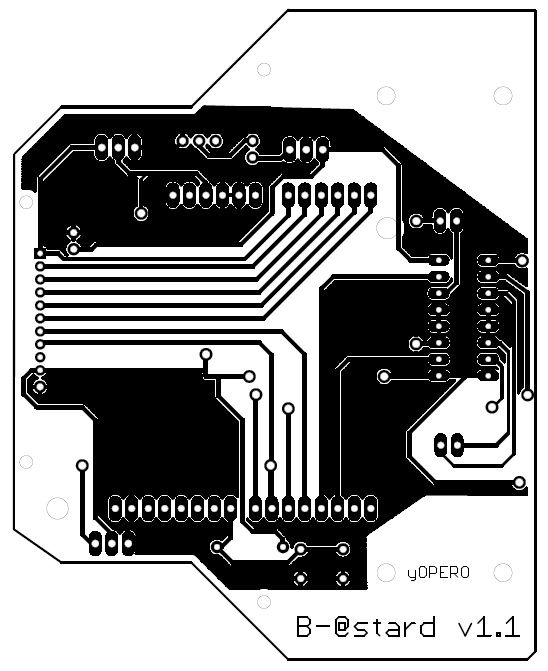
Don't forget to look at the base to see the logo

$GPBOD - Bearing, origin to destination $GPBWC - Bearing and distance to waypoint, great circle $GPGGA - Global Positioning System Fix Data $GPGLL - Geographic position, latitude / longitude $GPGSA - GPS DOP and active satellites $GPGSV - GPS Satellites in view $GPHDT - Heading, True $GPR00 - List of waypoints in currently active route $GPRMA - Recommended minimum specific Loran-C data $GPRMB - Recommended minimum navigation info $GPRMC - Recommended minimum specific GPS/Transit data $GPRTE - Routes $GPTRF - Transit Fix Data $GPSTN - Multiple Data ID $GPVBW - Dual Ground / Water Speed $GPVTG - Track made good and ground speed $GPWPL - Waypoint location $GPXTE - Cross-track error, Measured $GPZDA - Date & Time
$GPGGA - Global Positioning System Fix Data $GPGSA - GPS DOP and active satellites $GPGSV - GPS Satellites in view $GPRMC - Recommended minimum specific GPS/Transit data $GPVTG - Track made good and ground speed
From these 5 I am only interested in $GPRMC The lines of data are
something similar to these two:
eg1. $GPRMC,081836,A,3751.65,S,14507.36,E,000.0,360.0,130998,011.3,E*62
eg2. $GPRMC,225446,A,4916.45,N,12311.12,W,000.5,054.7,191194,020.3,E*68
225446 Time of fix 22:54:46 UTC
A Navigation receiver warning A = OK, V = warning
4916.45,N Latitude 49 deg. 16.45 min North
12311.12,W Longitude 123 deg. 11.12 min West
000.5 Speed over ground, Knots
054.7 Course Made Good, True
191194 Date of fix 19 November 1994
020.3,E Magnetic variation 20.3 deg East
*68 mandatory checksum


